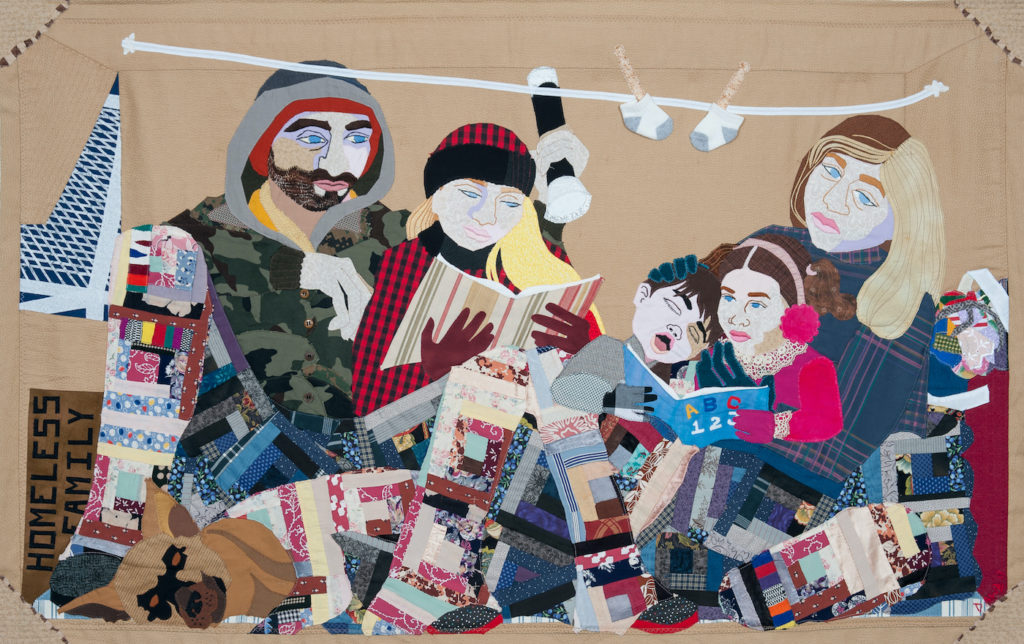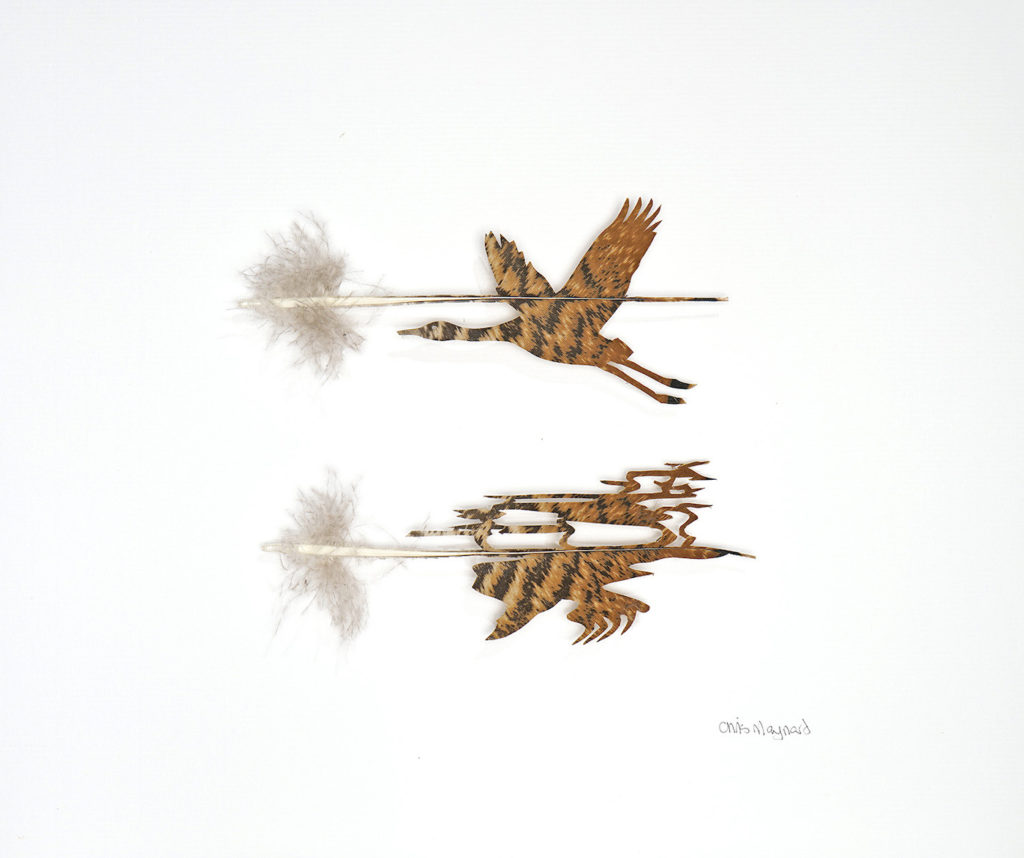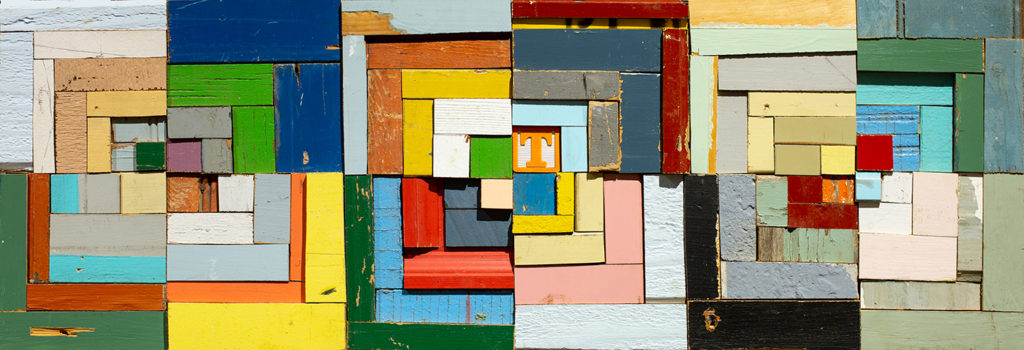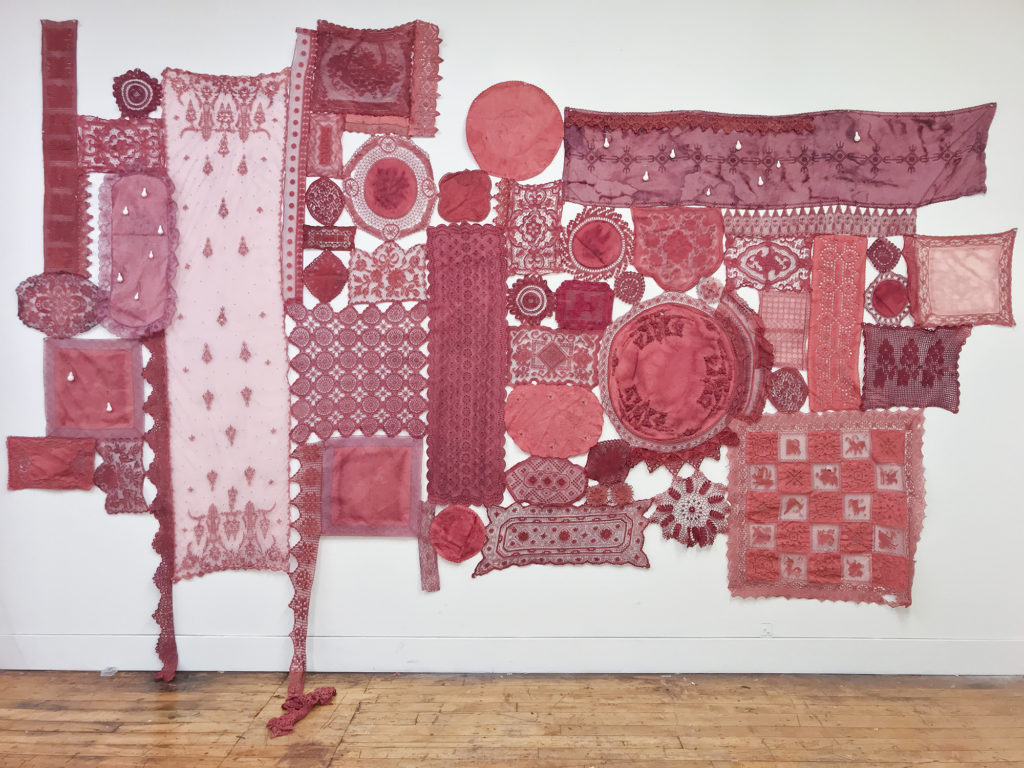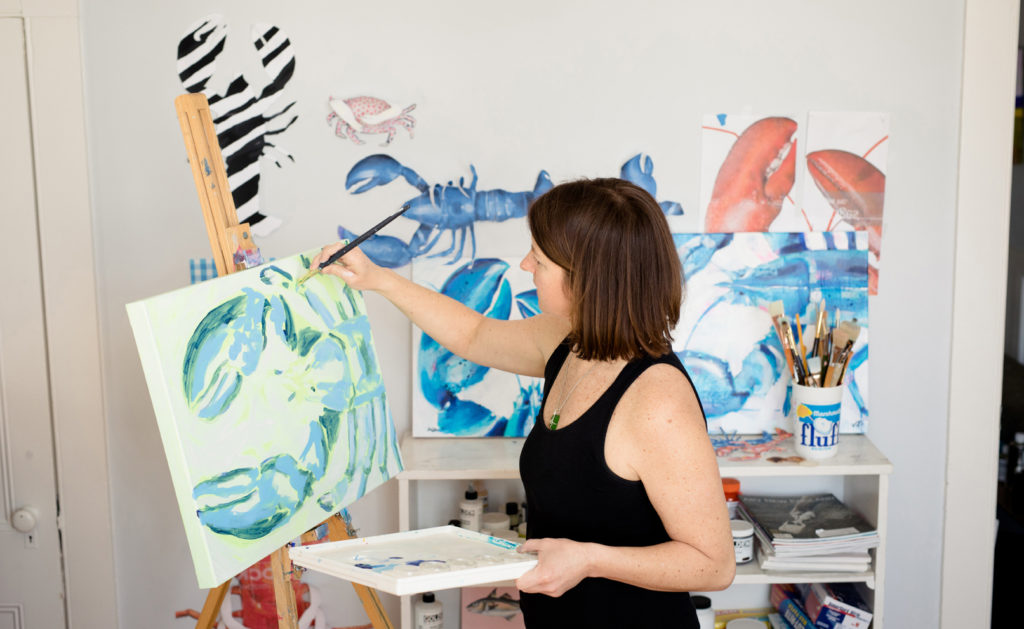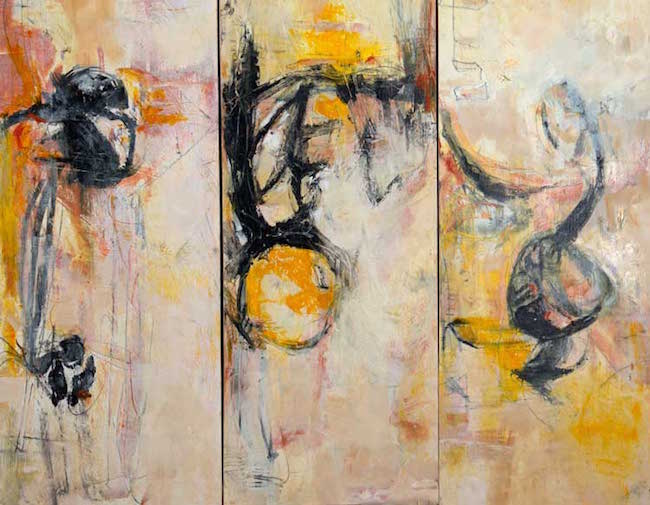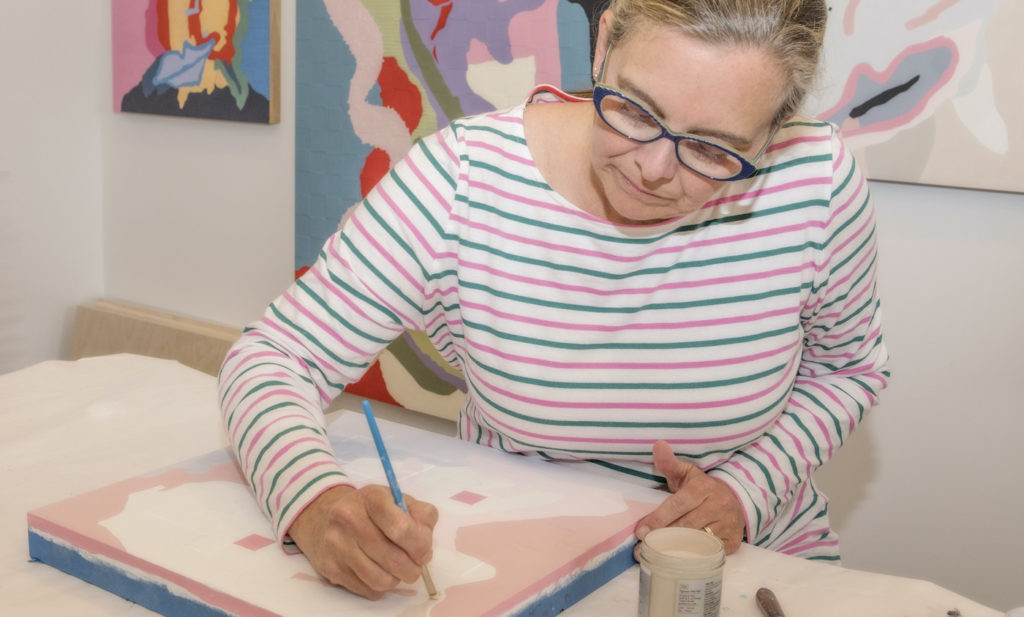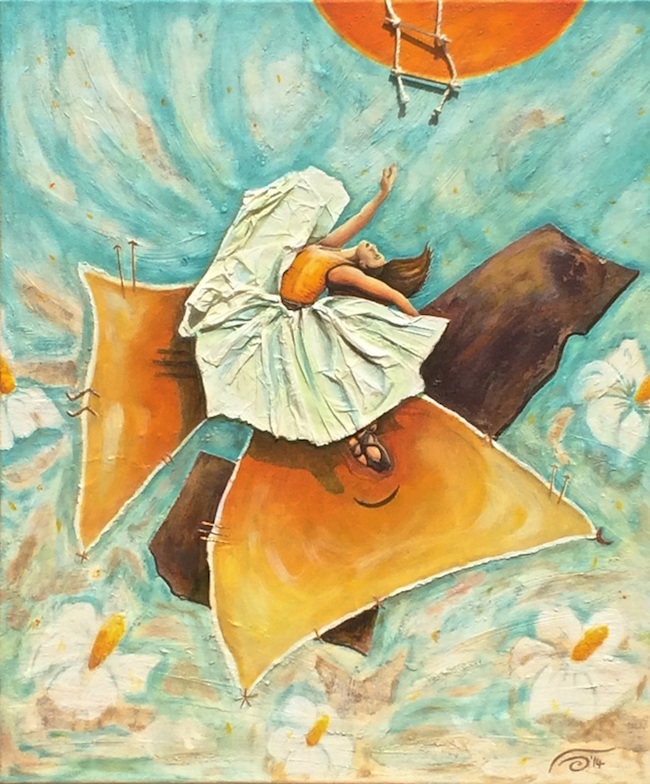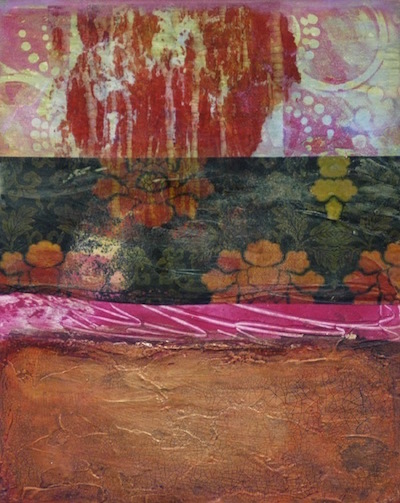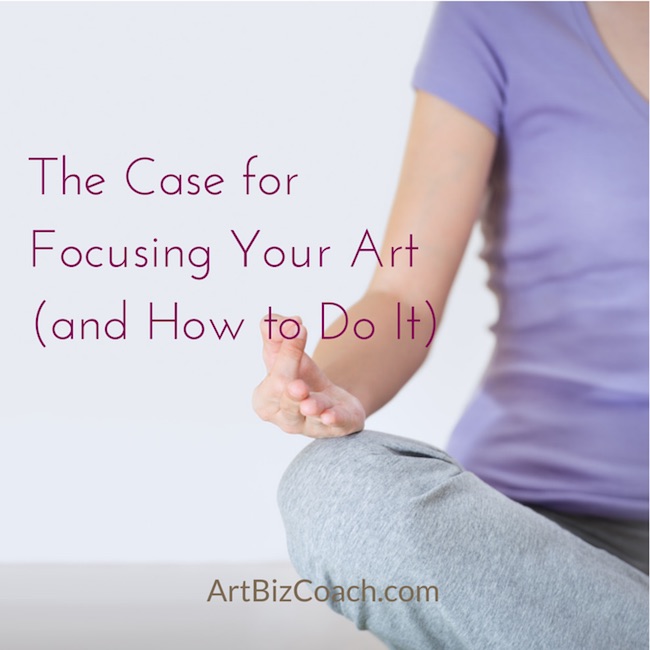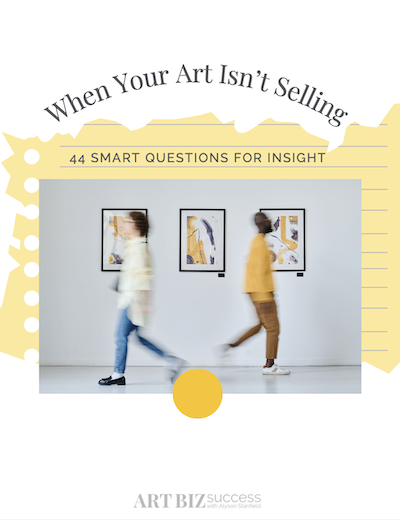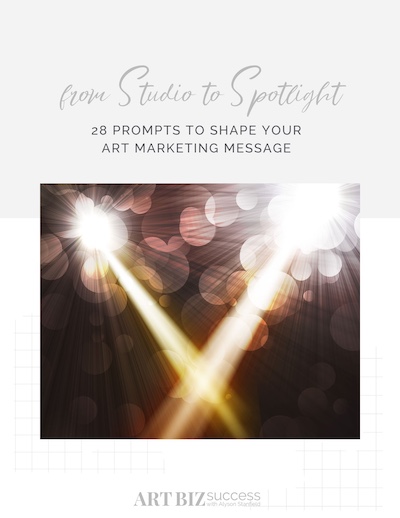The Art Biz ep. 72: Planning a Year’s Worth of Artwork with Dawn Williams Boyd
Taking charge of your art business isn’t only about bookkeeping, inventorying the work, and promoting your art effectively.
Taking charge of your art business is about assuming 100% responsibility for your actions—all of your actions, especially in your studio.
We all want to increase our productivity and creativity, and Dawn Williams Boyd has mastered doing exactly that by planning ahead.
Dawn makes figurative textile paintings that reveal stories—not always pretty ones—about life in America. Dawn’s work has an unapologetic social activist message that addresses the Black experience, feminine sexuality, social issues, and this country’s politics.
In today’s social and political climate, there aren’t enough hours in the day for Dawn to convey all of the messages she wants to share in her art. She has to carefully plan the body of work she is going to make throughout the year. She takes charge of her production for the entire year.
In our conversation for the Art Biz Podcast, Dawn and I discuss her process for plotting out which pieces she will make each year. We also talk about why now is not the time to make art that matches the couch, what kinds of conversations she wants people to have around her work, and how she makes the valuable connections that are helping her reach her most ambitious goals.
The Art Biz ep. 72: Planning a Year’s Worth of Artwork with Dawn Williams Boyd Read

